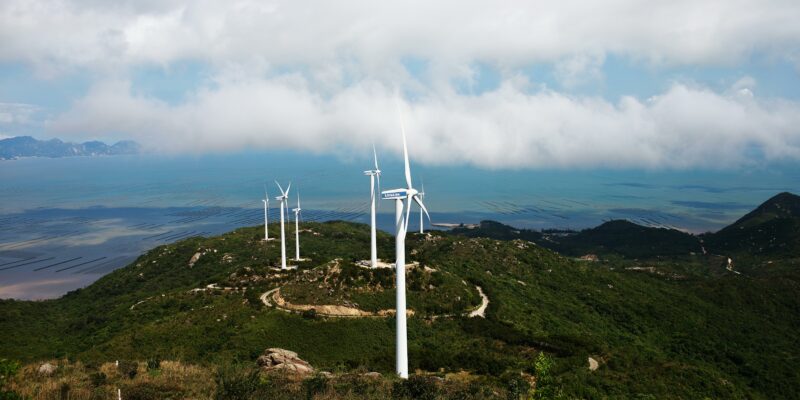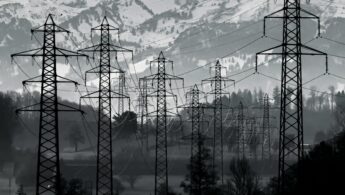Zero-carbon electricity: powering grids with wind and solar
Electricity grids are the backbone of global energy systems and are becoming increasingly important in the effort to limit global…

Asia has the fastest growth rate of wind and solar capacity in the world at 35% per year, and has outpaced other continents since 2015. Investments in renewable energy in the region are growing by an average of 23% annually, with USD 345 billion invested in 2022. In the same year, the region accounted for more than half of global wind and solar generation capacity.
China is playing an outsized role in the energy transition as a leading buyer and manufacturer of solar and wind technologies, electric vehicles, batteries and storage, with the fastest–growing deployment of wind and solar in the world between 2000 and 2022.
Electric vehicles are playing a key role in the energy transition in India, where sales of electric motorbikes and scooters increased 3,000% between 2015 and 2022. In Vietnam, solar capacity has skyrocketed, increasing by 18,380% between 2018 and 2022 and surpassing government targets.
This report is the third in a series of reports looking at evidence of the pace of growth in the clean energy transition. The report builds on several pieces of research on exponential systems change released by RMI, Systems Change Lab and others this year, which shows that change is happening faster than we think.
“Asian economies like India, China and Japan are becoming all the more pivotal for global growth especially as the Asian continent is set to contribute about two-thirds of all global growth. As domestic energy consumption will increase off the back of major infrastructure developments and large manufacturing pushes clean energy should be the crux of development. This will assume even greater significance especially with global energy security threatened with defence issues, as well as economic difficulties being faced by many countries across the world.”
Aarti Khosla, Director, Carbon Copy
“China is racing ahead in the shift to clean energy, this is no small feat for the world’s largest emitter of greenhouse gases. Since the Paris Agreement, China’s renewables capacity has soared and we know it’s expected to surpass its goal to increase solar and wind capacity to over 1,200GW by 2030. The country is not immune to climate impacts and must use its own momentum to spearhead an ambitious global deal at COP28.”
Li Shuo, incoming China Climate Hub Director, Asia Society Policy Institute
“In India two-wheelers and three-wheelers are taking the lead in electrifying road transport in the country’s crucial development given that these vehicle segments constitute approximately three-fourths of motor vehicle sales in the country. The electrification of two and three-wheelers also holds significant importance from a public health standpoint in urban cities like Delhi, motor vehicles stand out as the primary source of pollutants, contributing to around 40% of emissions. These vehicles contribute almost half (44%) of these emissions, emphasising the importance of transitioning to cleaner alternatives.”
Amit Bhatt, India Managing Director, International Council on Clean Transportation

Electricity grids are the backbone of global energy systems and are becoming increasingly important in the effort to limit global…

Greenwashing can take various forms, such as false advertising or misleading labelling. This guide shows how to spot greenwashing in…